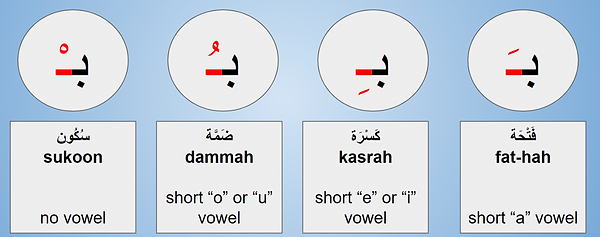the Classics in Color
Review Latin forms with these resources:
TCIC believes in bringing the study of ancient language to as many people as possible, especially those without immediate access to a Classical education. Send us a message if you would like more materials!
Learn about Arabic as a Classic for a linguistic compare and contrast exercise!
Classical Arabic, has been in use since the 7th century. Despite having a different backbone alphabet to Latin, both languages share a case-based structure and thus a strong emphasis on grammar. Arabic has three cases, nominative, genitive, and accusative, all of which Latin has as well, in addition to dative and ablative. Phonetically, Latin differentiates a long vowel from a short vowel through the use of a macron (¯), whereas Arabic implements "tashkeel."


Rewrite the narrative when looking at these comparisons: the West didn't always influence or be seen to have overshadowed the East. Chronology is one thing, but assumptions are another. At TCIC, we work to dispel the notion that the Classics only encompass Latin and Greek. Keep scrolling to learn about Sanskrit, the "oldest language in the world!"
Sanskrit: Before the Common Era and even before the conception of "the Classics"
By no means is it a competition, but it's safe to say that Sanskrit has been around for a while! Texts of the canon include the Ramayana, penned by poet Valmiki, and the Mahabharata, an Epic of approximately 1,800,000 words. Sanskrit is read left to right, like Arabic. Sanskrit, a predecessor of Latin, has eight cases, seven of which share the same names as those used by the Romans. Sanskrit uses "instrumental" as it's eighth case, functioning with the preposition "by." Perhaps Latin gets the name ablative of means or "instrument" from the Sanskrit instrumental case? (Nōta bene: the names of each case, when translated from English are the same in Sanskrit and Latin, however, of course, the names in original Sanskrit cannot be rendered or appropriated into another language due to alphabet.) After all, the diacritic macron marking is traced back to having been used by Sanskrit first for the same purpose as Latin gives it: lengthening a vowel.

"SUN-SKRIT"

Through transliteration, the process of transcribing sounds of one language into another, English speakers can deduce that Sanskrit is rendered as Sānskrit, meaning that to honor the intended pronunciation, we should elongate the "ā" in English

